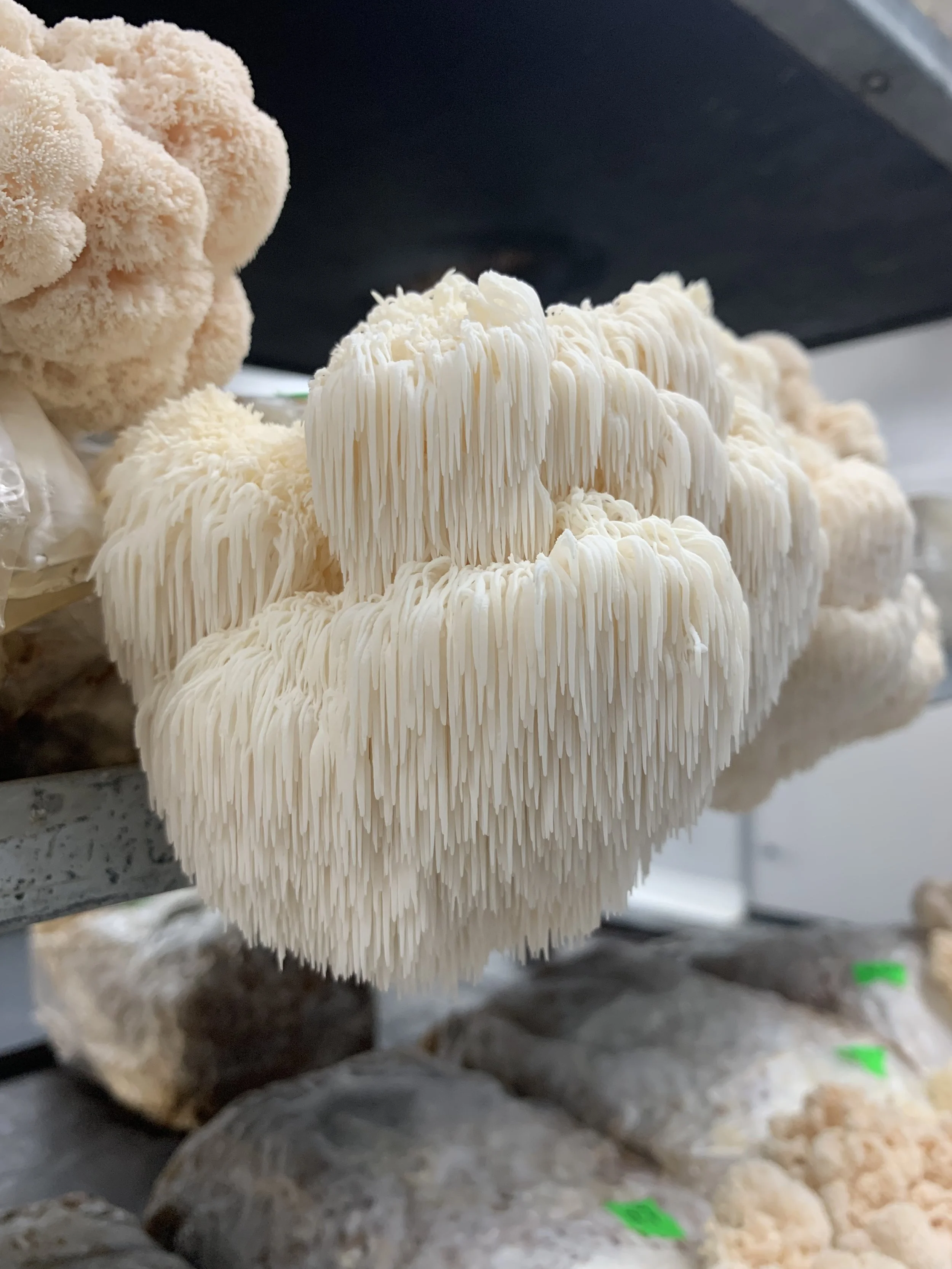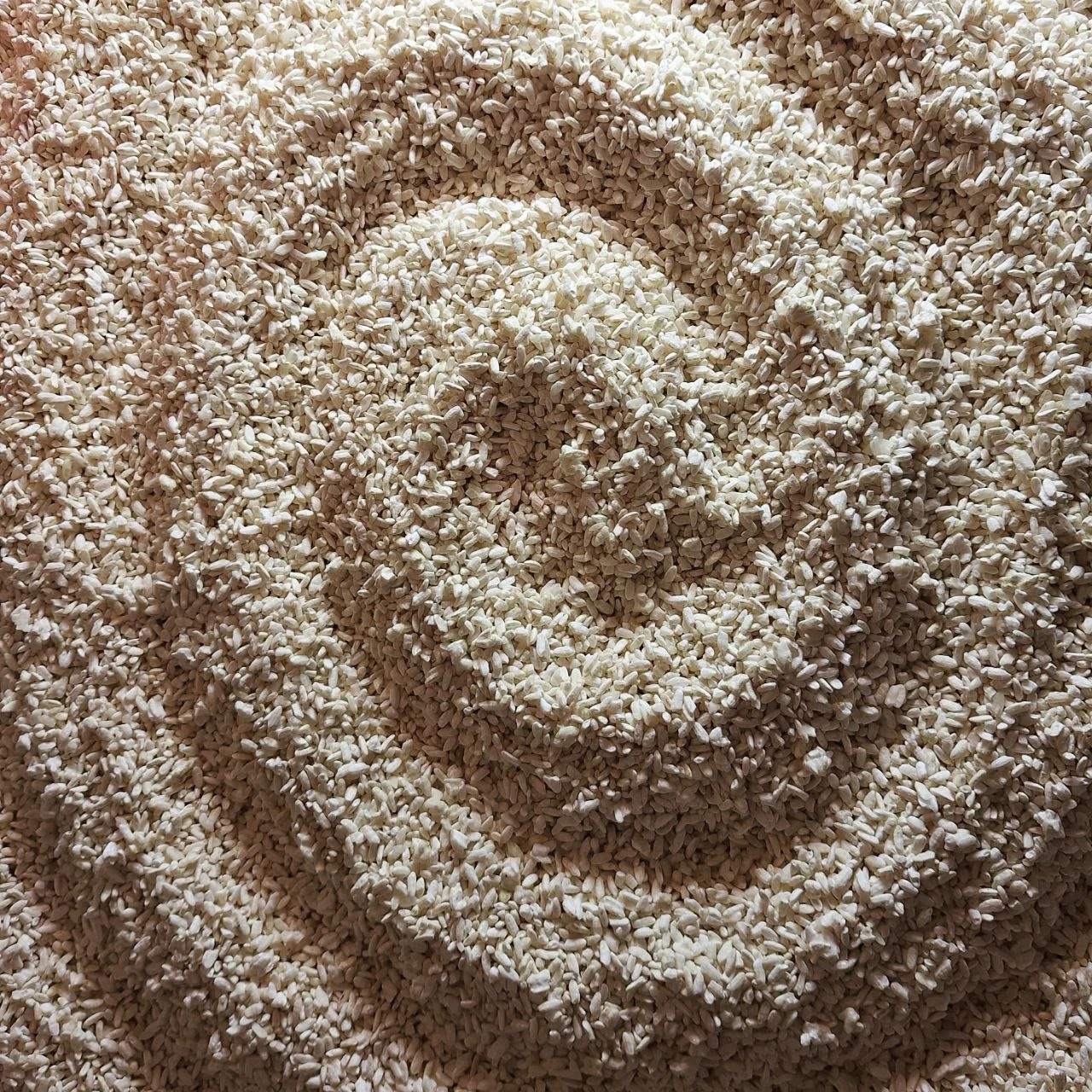Growing Research – From Mycelium Growth to Lamellar Design
At this year’s SICAM in Italy, Interprint presents two experimental décors developed under the shared theme of variation and deviation. The exhibition brings together two complementary approaches to exploring biological growth as a design principle.
In a first step, spore printing serves as an analog technique in which spores and gills act as a natural printing plate. Each impression reveals subtle shifts, densifications, and fractures in rhythm – every sheet a unique trace of living formation.
In parallel, the AI-driven design studies translate the morphological logic of mycelium and fungal lamellae into digital décors. Based on the ongoing OpenHouse research at Interprint’s Arnsberg site, natural patterns are read, iterated, and distilled into first material designs.
Analog print meets digital interpretation – expanding the dialogue between living systems and digital design. With this ongoing research, Interprint continues to blur the boundaries between nature, technology, and material culture, transforming biological processes into sources of aesthetic and conceptual innovation.






